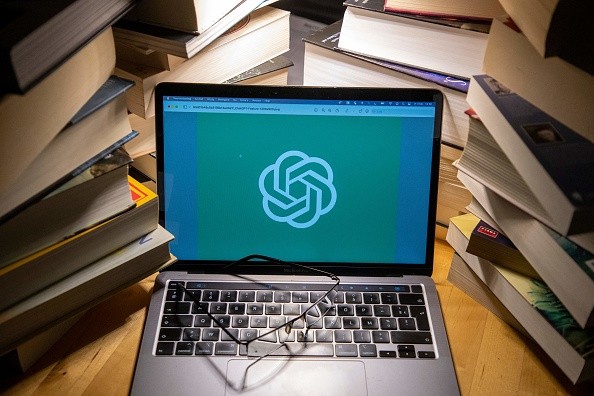The sure-cut way to avoid plagiarized works or copied outputs from AI is through the many AI-detection tools available, and these services have been around since the rise of the many apps available. However, it was recently discovered by researchers that it is not as objective as it was, particularly for non-native English speakers who submit their works.
AI is trained in a large language model that adapts to different dialects in the world, including ChatGPT, but these tools are not that welcoming for those who have limited skills in translating to the universal language.
AI-Detection Tools Flag Down Works from Non-Native English Speakers

A recent study published in the journal, Patterns, from a team from Stanford Univerity has found that AI-detection tools are "biased" against non-native English speakers and their outputs. This centers on the tools which look into text perplexity criteria, the tech used to determine if a text was written by AI or not.
Text perplexity is the capability of the AI to predict the next word, and the lower the text perplexity, the more likely it is to be regarded as AI-generated. It was said that ChatGPT leans more toward creating outputs that have low text perplexity.
What does this mean? The researchers explain that if humans use familiar words or do not expand their vocabularies, chances are it may get detected as AI-made. Similarly, there is more risk for non-native English speakers to use more common texts, which in turn may be flagged down by these tools.
AI-Detection Tools Study: Is It Discriminating on Language?
According to The Guardian, the discrimination lies in how adept a person is in using the English vocabulary, with the main metric being text perplexity.
With the AI-Detection tool's current programming, the researchers claim that this may push a paradox where non-native English speakers use AI chatbots more to help them bring better outputs.
AI Detection Tools and their Use
The rise of AI tools and applications in the world is massive, and it was discovered that it was hard to detect if an output is AI-made or written by humans. Some academics and even lawyers were fooled by ChatGPT and its capabilities, and in a specific case, the AI chatbot made convincing content where it deceived these attorneys about a made-up one.
In the past months, the rise of ChatGPT was combatted by the arrival of AI detectors that help check the works and verify if it was made by artificial intelligence generators. However, it was said that it is not always reliable.
Still, massive efforts from developers have brought apps that have the power to detect AI-generated content, centering on an LLM-based detection model.
AI-detection tools are significantly helpful especially when there is a need to verify an output from being written organically by humans, or something done by an AI. However, apart from not being always reliable with its capabilities, it is also one to discriminate against non-native English speakers, but something that can be improved in the future.
Related Article : ChatGPT's 'Novelty' Is Wearing Off as Traffic Drops Nearly 10% in June - What Happened?

ⓒ 2025 TECHTIMES.com All rights reserved. Do not reproduce without permission.




